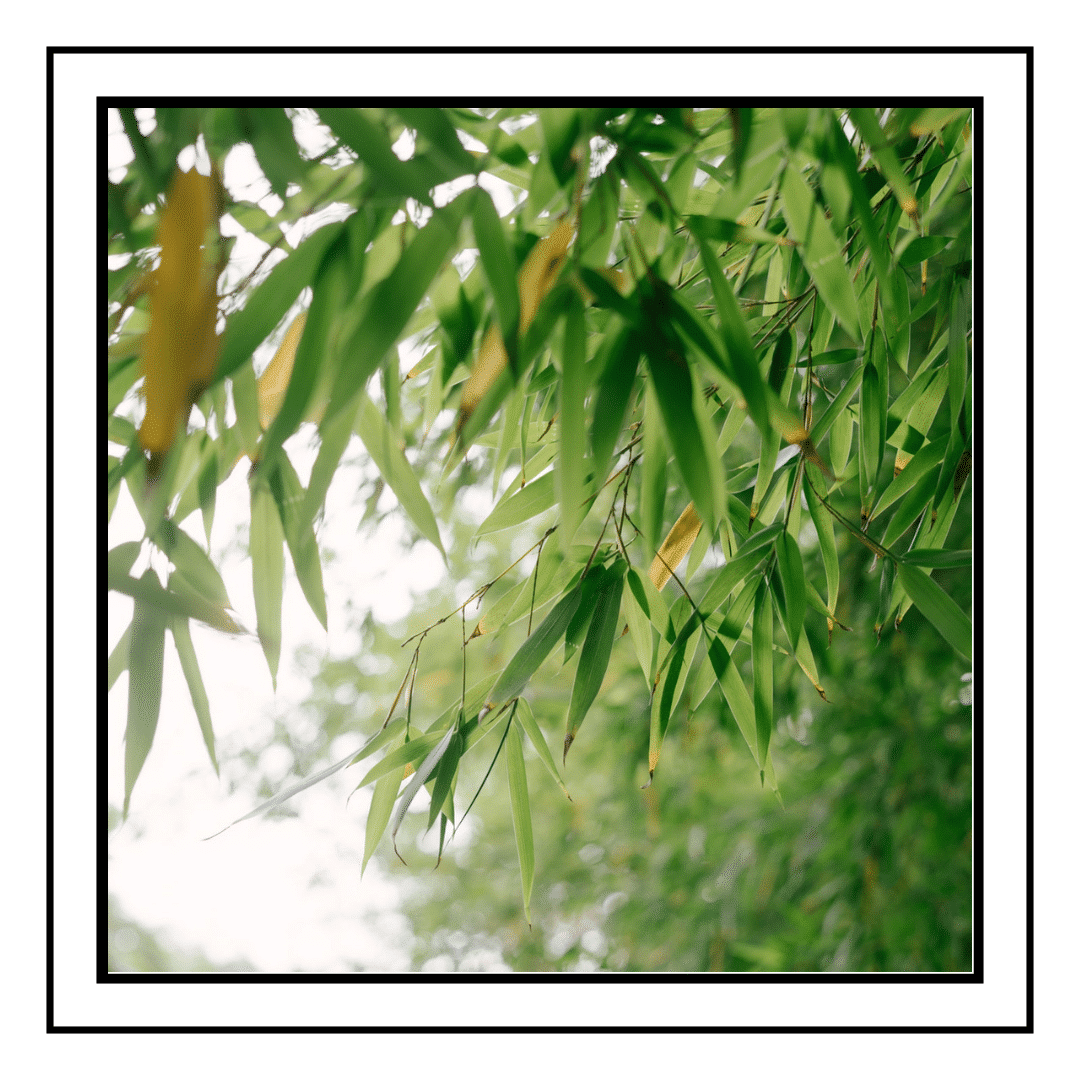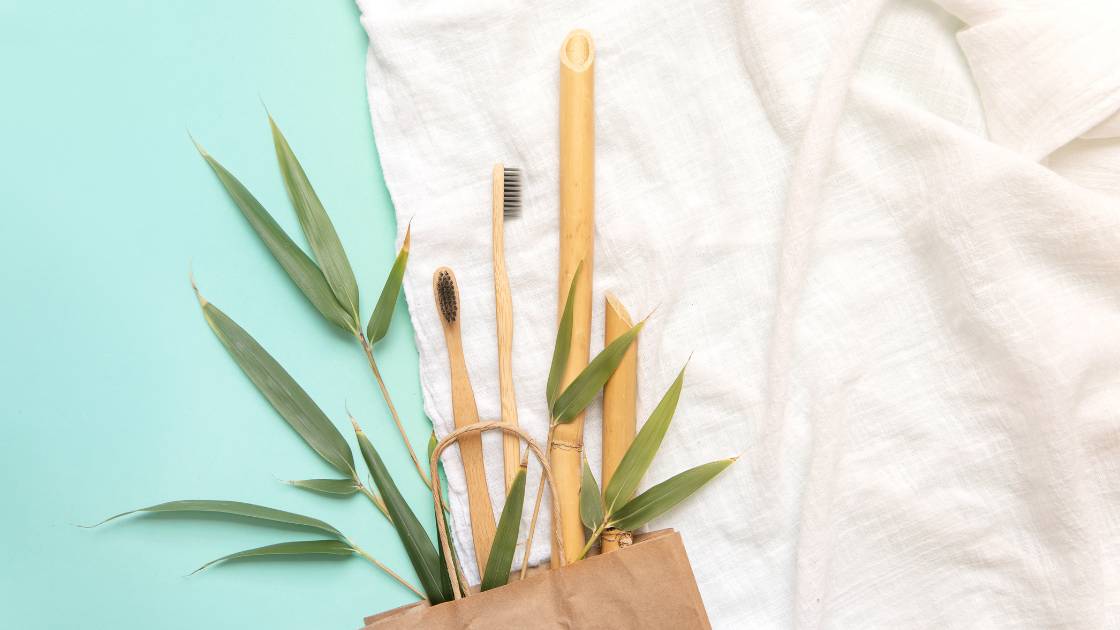Who would have thought that the panda’s all-time favorite snack had so many uses? The world’s fastest growing plant family is more than just a tasty treat, it also provides the base material for a booming textile industry. So what’s all the fuss about? Why is bamboo fabric so popular in the garment industry today?
Bamboo and the Environment
Bamboo is the fastest-growing woody plant in the world and grows in diverse climates. Some species of bamboo can grow up to almost 3 feet (1 meter) per day. Can you imagine? That’s over 1 inch (3 cm) per HOUR! Bamboo crops can also grow in marginal lands that aren’t suited for forestry, making it the super hero of wood. Bamboo is actually considered a grass. Which means after it’s harvested post 8-10 week growth cycle it just grows more…. and more…. and more. The more you harvest the healthier the bamboo gets. Sounds convenient, right? Grasses need water to stay alive though. As it turns out, studies show that bamboo is twice as water efficient as other woody crops. So, it can better withstand the crazy weather patterns of climate change.
Bamboo also hates oxygen which is really good for oxygen breathers, like you and me. Bamboo can produce 35% more oxygen than any other equivalent standing trees. One hectare of bamboo sequesters 62 tonnes of carbon dioxide per year while one hectare of young forest only sequesters 15 tonnes of carbon dioxide per year. Pretty stunning! At face value, all this would seem to make bamboo and bamboo fabrics the most environmentally-friendly fabric available, right?
The Truth About Bamboo
The reality of bamboo fabrics is more than a little different than the story of bamboo itself. Unfortunately, processing bamboo isn’t quite as simple as processing cotton or wool, for example. Part of what makes bamboo so perfect for some applications, like wood flooring for example, is exactly what makes it challenging to convert to a fabric. The fibers of the wood are bound up in an extremely strong structure, but with a short fiber length. Separating those fibers from the structure is intensive and requires the use of some not-so-environmentally-friendly techniques involving lot of nasty chemical. Much of the bamboo is not even usable. Only the leaves and softer inner parts. Bummer!
In essence, most bamboo-based fabrics are indistinguishable from rayon fabrics in terms of how they are made. We’re not going to do a deep dive here on the process of manufacturing bamboo textiles, but it’s important to be aware that for the most part, bamboo textiles are a perfect example of “green-washing” in the fashion industry. Read in more detail in this great, detailed article about the manufacturing process.
We always advise our clients that if they are looking for an environmentally-friendly angle for their clothing line, then they should be cautious about bamboo. It’s an easy sell but not an entirely honest one. Rather than focusing all the attention on the eco-friendly aspects of bamboo fabrics, it makes more sense to focus on some of its other great qualities.
Bamboo Fabric in Clothing
So what are the benefits of bamboo fabrics? First of all, it feels incredibly nice. It’s hard to define exactly the feel of bamboo as a fabric. A common comment is that it feels softer. It does, but it feels softer without feeling “fuzzy”. It’s smooth and almost slippery at times, without feeling synthetic. This smoothness without fuzziness makes a great blend with cotton to create a fabric for tshirts. The tshirts feel cooler, more breathable. It also gives it an added sense of durability, although its durability depends a great deal on what other fibers it is blended with. Compared with other common fabrics, bamboo has difficulty maintaining its shape. For this reason, it is often blended with other fibers, such as elastane (spandex), in order to maintain its shape. We typically associate bamboo fabric with a more “premium” feel, as compared to cotton.
Other features that make bamboo fabrics unique are its naturally anti-bacterial and hypoallergenic qualities. Studies in China and India have investigated the antibacterial nature of bamboo-rayon fabric, against even harsh levels of bacteria such as Staphylococcus aureus and E. coli. There is some skepticism about these findings, but in our own un-scientific observations, it certainly does seem that bamboo-based fabrics are somewhat more resistant to staining and bad odors. Regardless, we urge our clients to be truthful about the products they use and why. We don’t want to contribute to any misconceptions that could ultimately cause more harm than good to the environment. If you or your fashion label are true environmental activists, then there are better options out there for you!



Interested to know further about you by a phone call.
Thank you